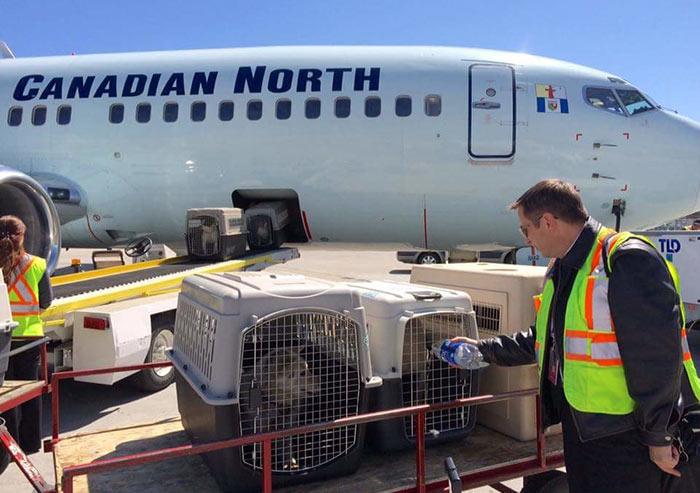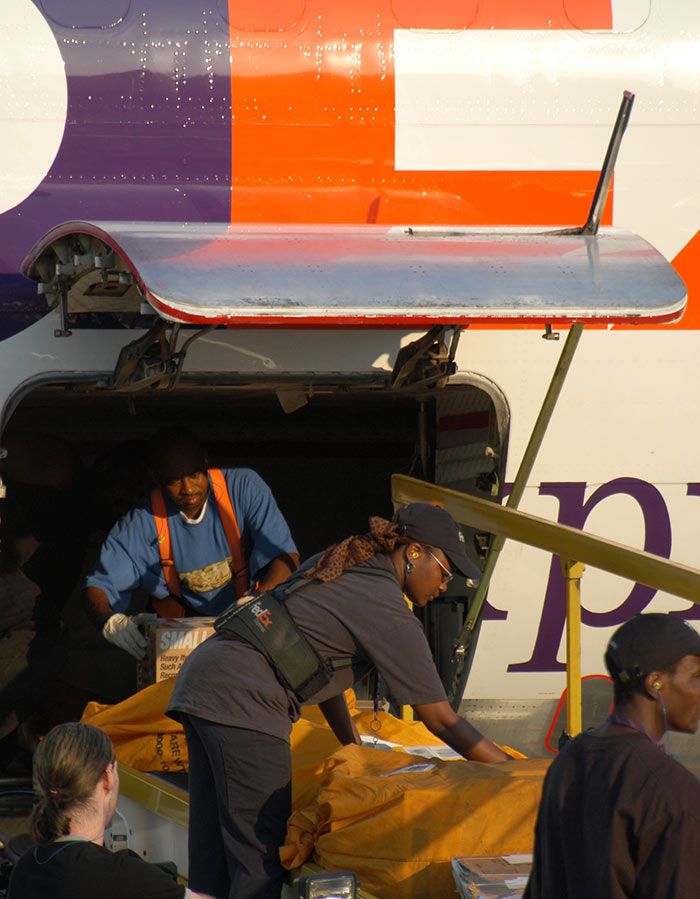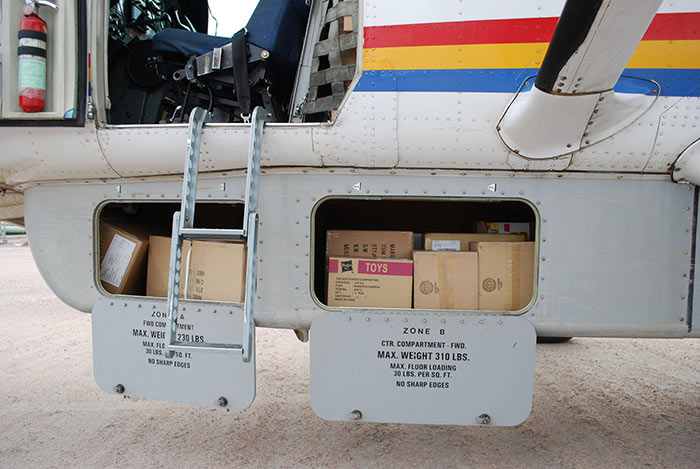The Landing: A Formula for Safety

Aircraft loadmasters are responsible for managing the risks associated with transporting vari-ous types of cargo, so their knowledge and skills are critical to flight safety.
To many, the math we learn in high school might seem pointless. When will we ever need to use the equation for motion in the real world? Well, the benefits of both math and science are critical to airline pilots and to those who work behind the scenes on behalf of safety.
Loadmasters, for instance, are responsible for ensuring that the cargo transported on an aircraft is safely secured and properly loaded and unloaded. In fact, the safety of all airline flights depends, in part, on these actions.
As airline pilots learned in flight school, weight distribution can affect the airplane’s controllability and safety of flight. Loadmasters, using engineering principles and appropriate software, perform weight and balance calculations to evenly distribute passengers, cargo, and fuel throughout the aircraft. This is done to keep the aircraft’s center of gravity as close to its center of pressure as possible so that vertical pitch control is maintained.

It’s imperative that loadmasters be knowledgeable about aircraft structures, including the floor loading limits for each cargo hold. They also must know the strength and positioning of various restraint and strapping systems, be familiar with the structural tie-down points, and know which ones are stronger than others. Why is this important? Loadmasters are responsible for managing the risks associated with transporting multiple types of cargo—whether it’s containers of produce from the Americas, floral arrangements from Europe, or special cargo such as vehicles or shipping containers. Other factors they must know include fuel load and needed emergency equipment.
Speaking of special cargo—there’s training for that, too. Handling special cargo—loading and unloading items like dangerous goods, live animals, perishables, and pharmaceuticals—requires that cargo be correctly loaded, separated, and located to comply with International Air Transport Association standards. Procedures for unloading special cargo also require precision and attention: being familiar with different types of equipment like load-lifters, forklifts, and winches all while operating in the busy airport environment.
Their responsibilities demand that they be trained professionals, yet currently no minimum standards or FAA certifications exist for this vital job. But that may soon change. ALPA, along with other industry stakeholders, is participating on the FAA’s Aviation Rulemaking Advisory Committee’s Loadmaster Certification Working Group, which is tasked with developing rules for special cargo loadmaster certification. To learn more about these efforts, read “ALPA Helps to Promote Cargo Airline Safety.”


